
The Language of Flowers
Like many a 19th-century novelist, I use the Language of Flowers throughout the Lazare Family Saga as part of my symbolism. I explain some of this floral code in my books, while other references are “Easter eggs.” In this post, I’ll unpack some of those meanings, and I’ll include illustrations in case the word “anemone”…
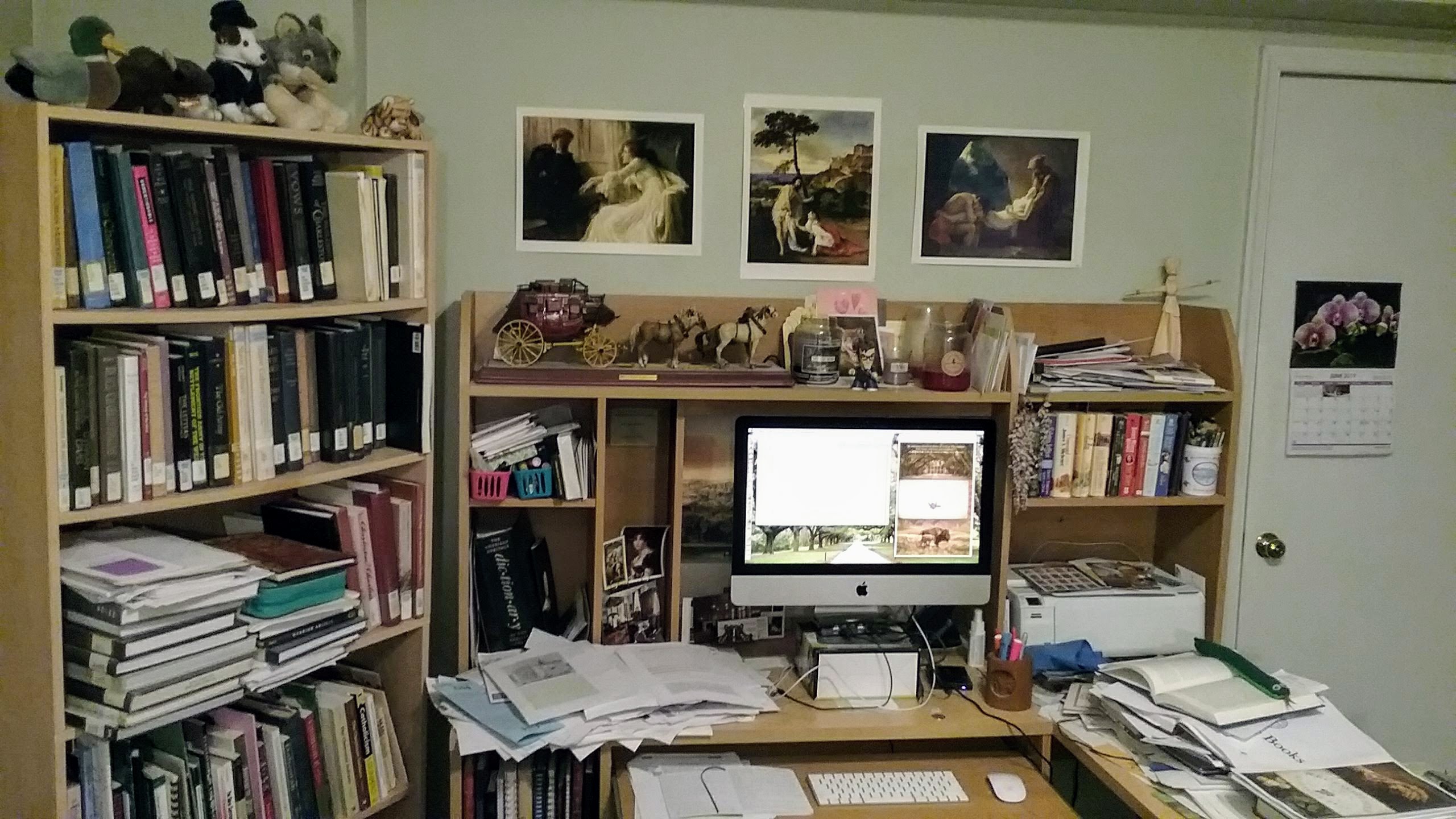
The Art Over My Desk
Above my messy writer’s desk overflowing with research materials, I hung three works of art that helped inspire my historical family saga with strong romantic elements. Let’s take a closer look. Frank Dicksee’s The Confession (1896), a Victorian problem picture with multiple possible meanings. Is the man the woman’s husband or her priest? Which one…
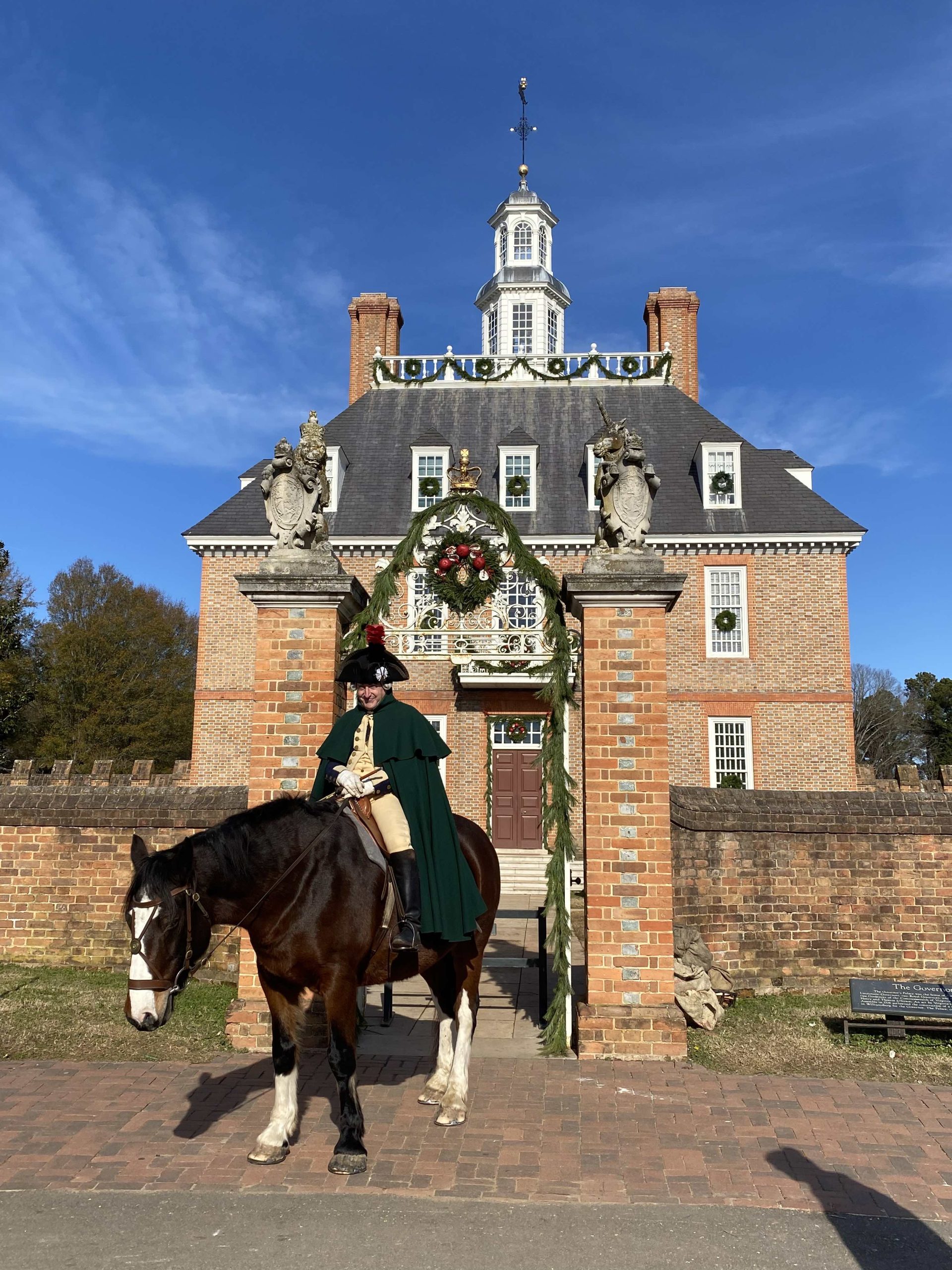
My Debt to Colonial Williamsburg
Most of my Lazare Family Saga series takes place in the 19th century, so you might think visits to an 18th-century living history museum wouldn’t be terribly useful to my research. In fact, Colonial Williamsburg in Virginia was one of the richest sources for my fiction set mostly in 19th-century South Carolina. Here’s how! After I moved…
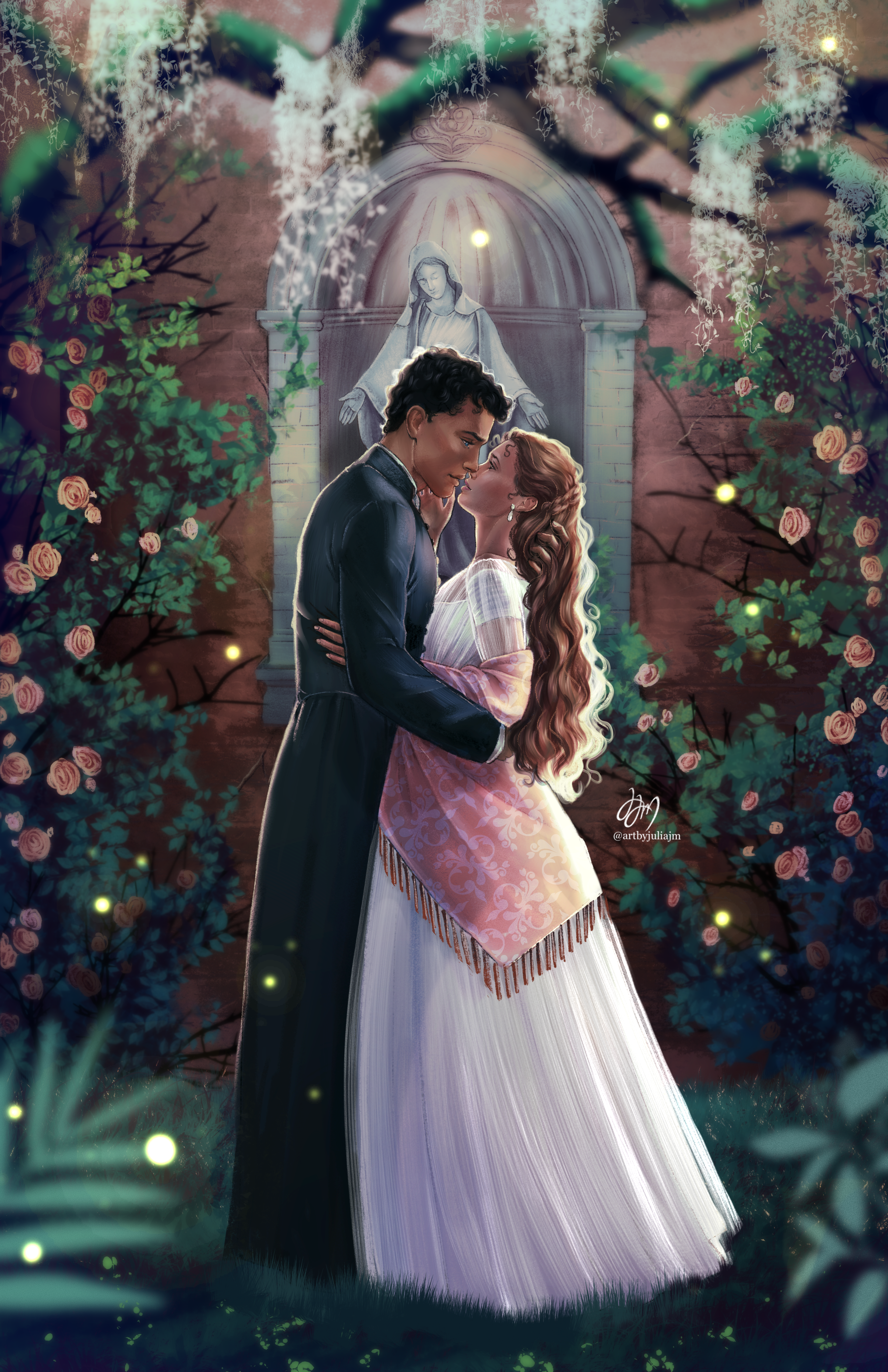
Character Art!
I’ve spent three decades with the characters of The Lazare Family Saga. They are dear to me, and it’s long bothered me that I had only stock photos to represent my book children visually. When you’re working with existing images, nuance and individuality are lost. Then a few months ago, an author friend—the marvelous Susie…
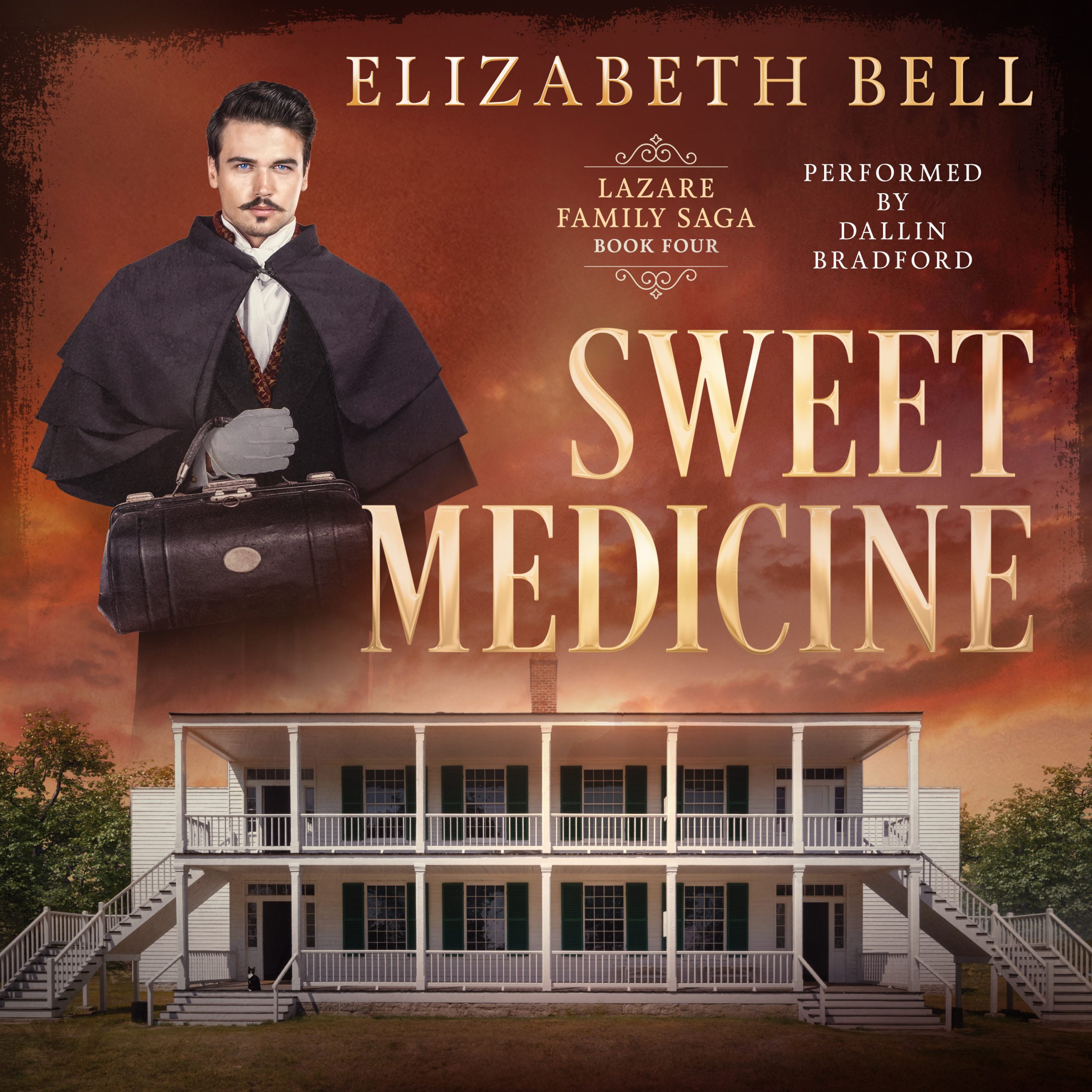
Now in Audio: The Complete Lazare Family Saga!
The complete Lazare Family Saga, my historical fiction quartet, is now available in audio.

The Sweetest Medicine
The title of the fourth and final book in my series, Sweet Medicine, used to be the title for the whole story, back when I thought that story was a single novel. I like the phrase because it’s a seeming oxymoron—a pattern I ended up using for all my titles. How can medicine be sweet?…
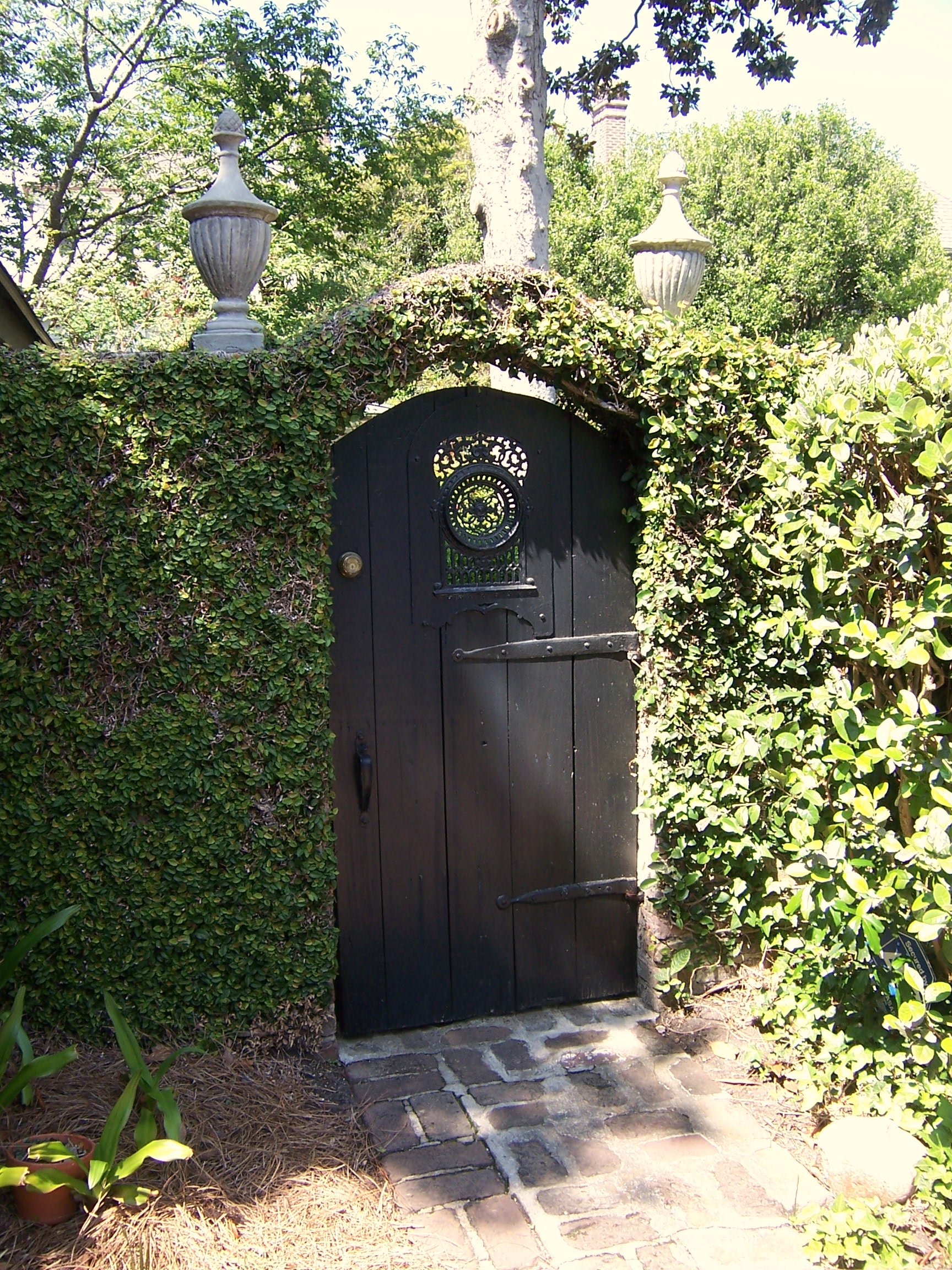
What’s a Claire-Voie?
On the spine and back cover of my paperbacks and on the title page of all my novels, you’ll see my logo above the words “Claire-Voie Books.” What’s a claire-voie, you ask? It’s a gardening term borrowed from French that originated in the 17th century. A claire-voie (pronounced klair-vwah) is a window or opening that…
End of content
End of content
